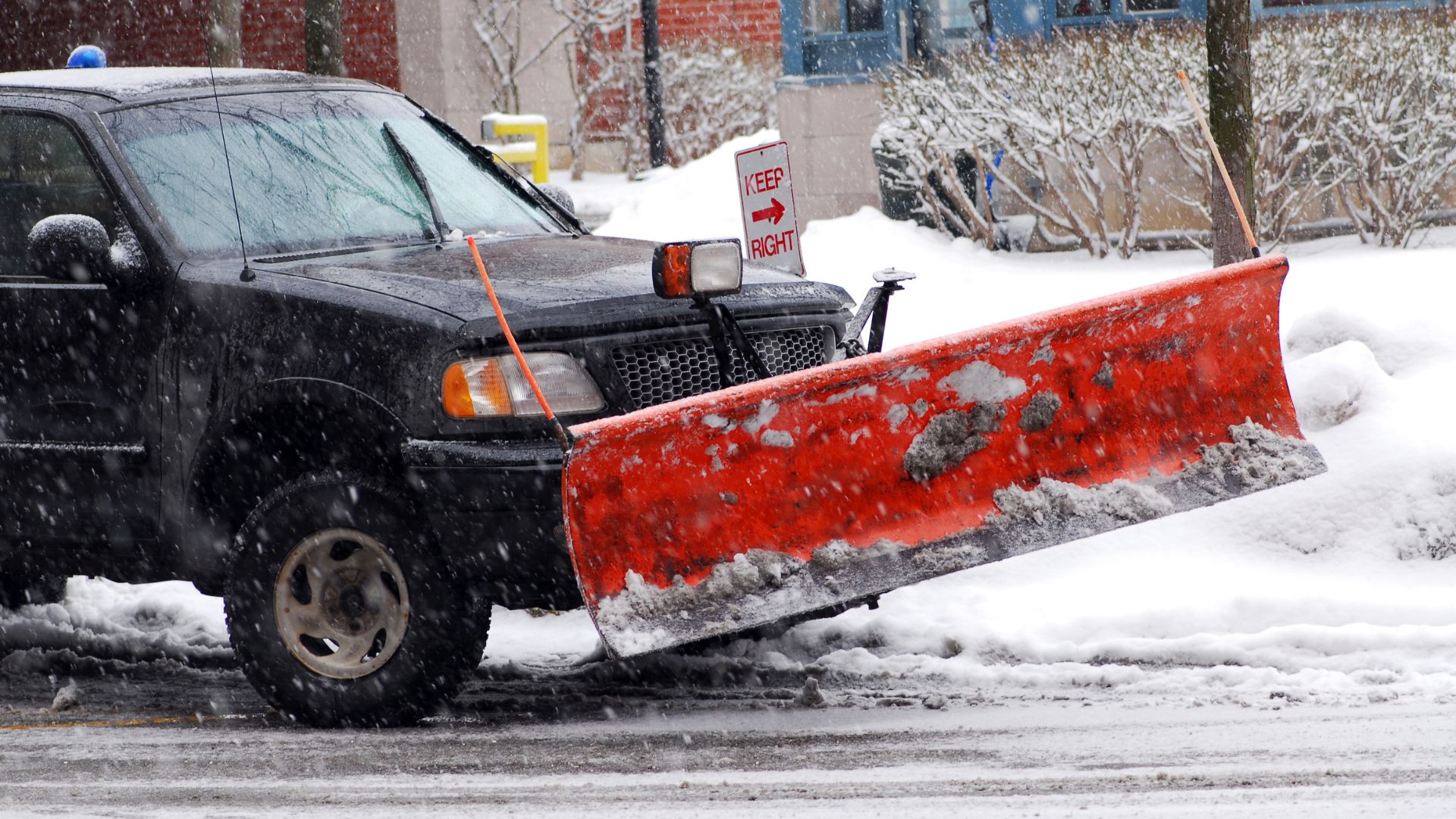Winter can be tough on your property, especially when it comes to managing ice and snow. Deicing is important to maintaining safe walkways and driveways, but it doesn’t have to break the bank. Whether you’re a homeowner or a business owner, finding the right deicing strategy that fits your budget can save you money while keeping your property safe. Here’s a comprehensive guide to deicing strategies for every budget.
1. Budget-Friendly Deicing Methods
a. Rock Salt Rock salt is one of the most cost-effective deicing options available. It works by lowering the freezing point of water, causing ice to melt. While it’s economical and widely available, it can be harsh on plants and concrete surfaces over time. Use it sparingly to avoid damage.
.
b. Sand Sand doesn’t melt ice, but it provides traction to prevent slipping. It’s a great low-cost option for enhancing safety on icy surfaces. Combine it with a small amount of salt for better effectiveness.
.
b. Sand Sand doesn’t melt ice, but it provides traction to prevent slipping. It’s a great low-cost option for enhancing safety on icy surfaces. Combine it with a small amount of salt for better effectiveness.
2. Mid-Range Deicing Solutions
a. Calcium Chloride Calcium chloride is more effective than rock salt in very low temperatures. It melts ice faster and at lower temperatures, but it’s more expensive. It’s a good mid-range option for those needing more reliable performance in extreme cold.
.
b. Magnesium Chloride Magnesium chloride is less damaging to concrete and vegetation compared to rock salt and is effective at lower temperatures. It’s a bit pricier than rock salt but offers better environmental and surface protection.
.
c. Pre-Treated Salt Pre-treated salt, which is often mixed with other substances like beet juice or corn syrup, can improve the effectiveness of deicing while reducing the amount needed. This option provides better results than plain rock salt and is moderately priced.
.
b. Magnesium Chloride Magnesium chloride is less damaging to concrete and vegetation compared to rock salt and is effective at lower temperatures. It’s a bit pricier than rock salt but offers better environmental and surface protection.
.
c. Pre-Treated Salt Pre-treated salt, which is often mixed with other substances like beet juice or corn syrup, can improve the effectiveness of deicing while reducing the amount needed. This option provides better results than plain rock salt and is moderately priced.
3. Premium Deicing Solutions
a. Liquid Deicers Liquid deicers like potassium acetate and calcium magnesium acetate offer superior performance and are effective at very low temperatures. They can prevent ice from forming and work well in extreme conditions. However, they are more expensive and are typically used for critical areas where safety is a top priority.
.
b. Heated Driveways For a long-term investment, consider installing a heated driveway system. This option uses electric or hydronic heating to keep driveways free of ice and snow without the need for manual deicing. It’s a significant upfront investment but offers unparalleled convenience and safety.
.
c. Salt Alternatives Salt alternatives like beet juice, cheese brine, or pickle brine are eco-friendly options that can effectively deice while being less harmful to the environment. They are typically more expensive than traditional salts but offer added benefits for environmentally conscious users.
.
b. Heated Driveways For a long-term investment, consider installing a heated driveway system. This option uses electric or hydronic heating to keep driveways free of ice and snow without the need for manual deicing. It’s a significant upfront investment but offers unparalleled convenience and safety.
.
c. Salt Alternatives Salt alternatives like beet juice, cheese brine, or pickle brine are eco-friendly options that can effectively deice while being less harmful to the environment. They are typically more expensive than traditional salts but offer added benefits for environmentally conscious users.


